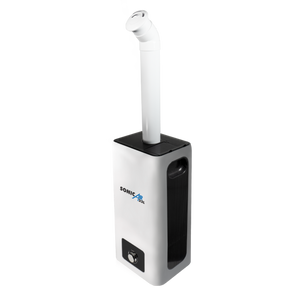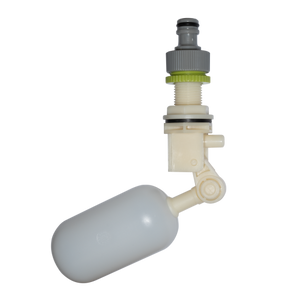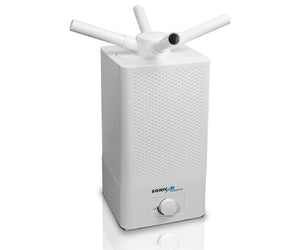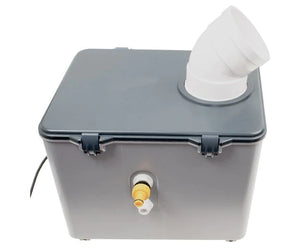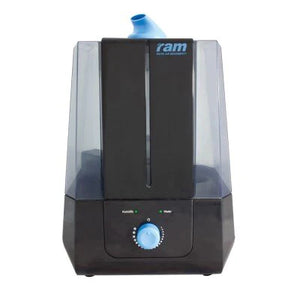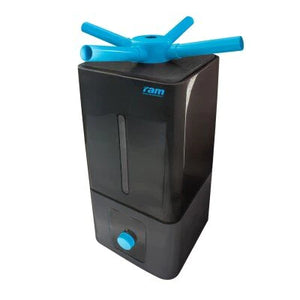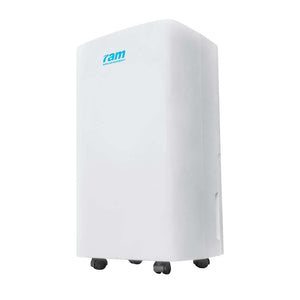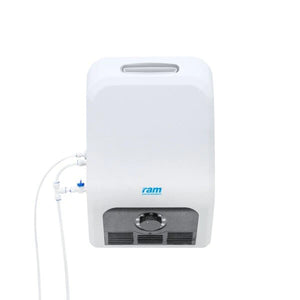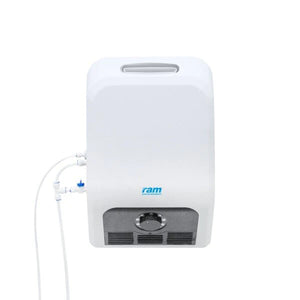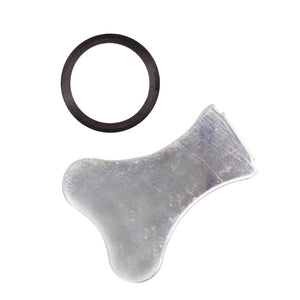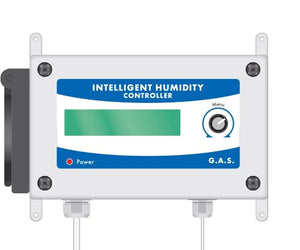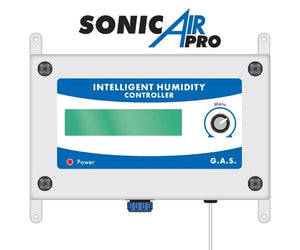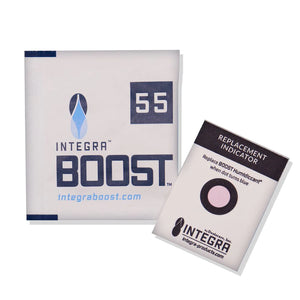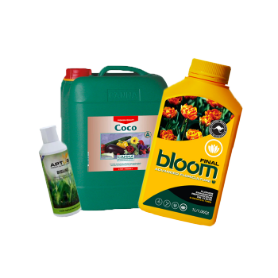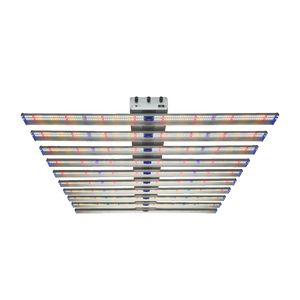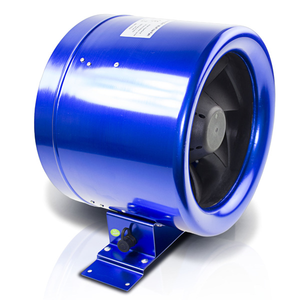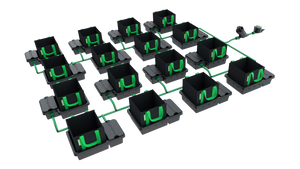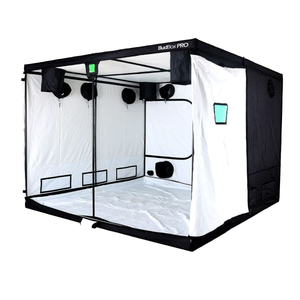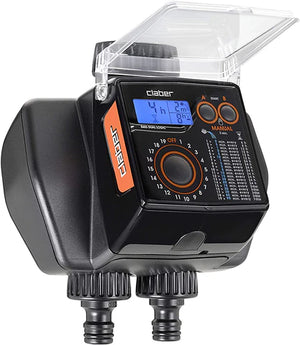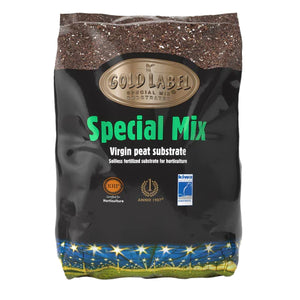- About
- Find us
- Guides & Advice
- Contact us
Humidity Regulation
Maintaining the correct humidity levels is an essential part of hydroponic plant growth. High humidity levels can lead to mold, mildew, and other fungal growth, while low humidity levels can cause plants to dry out and become stressed. The optimal humidity level for hydroponic plants is between 50% and 70%.
One way to regulate humidity levels in a hydroponic grow room is by using a dehumidifier. A dehumidifier removes excess moisture from the air, reducing the risk of mold and mildew growth. Dehumidifiers are available in various sizes and styles and can be either portable or wall-mounted. They work by drawing in moist air and cooling it to condense the moisture, which is then collected in a water reservoir.
Another method of regulating humidity levels in hydroponic grow rooms is by using a humidifier. A humidifier increases the moisture content in the air, which can be beneficial in dry climates or during winter months when indoor heating systems can cause the air to become too dry. Humidifiers are available in various sizes and styles and can be either portable or wall-mounted.
In addition to using a dehumidifier or humidifier, there are other ways to regulate humidity levels in a hydroponic grow room. One method is to increase air circulation by using fans or ventilation systems. This can help to prevent stagnant air pockets, which can lead to high humidity levels. Another method is to use absorbent materials such as silica gel or activated carbon to absorb excess moisture in the air.
It is important to monitor humidity levels regularly and adjust humidity regulation systems as needed to maintain optimal conditions for plant growth. A hygrometer can be used to measure the relative humidity in the grow room, and growers can adjust the dehumidifier or humidifier as needed to maintain the desired humidity levels.
